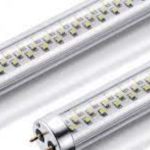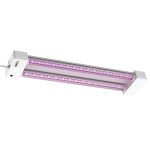Stop LED Light Strip Flashing: Easy Solutions and Tips
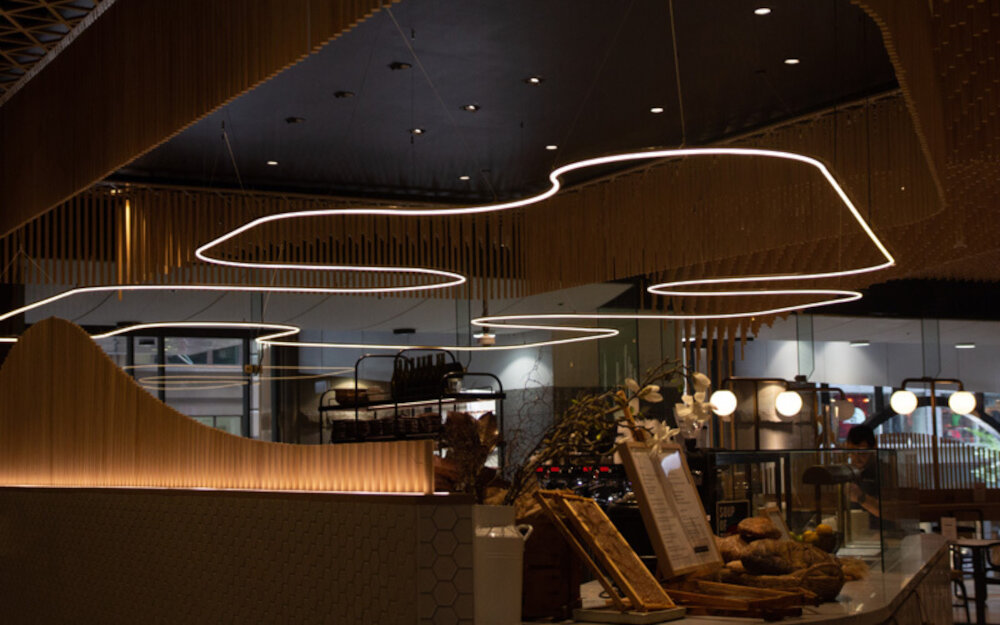
LED light strips are an attractive and energy-efficient way to light up any space. They are easy to install and come in a variety of colors and patterns to suit any mood or occasion. However, one common issue that LED light strip users face is flashing or flickering lights, which can be both annoying and distracting. If you are facing this issue, don’t worry! There are several easy solutions and tips that you can use to stop your LED light strip from flashing. One of the main causes of LED light strip flashing is voltage drop, which occurs when the power supply cannot deliver enough power to the lights. This can be due to a variety of reasons, such as using a power supply that is too small for the number of lights, using a low-quality power supply, or having a long run of lights without an amplifier. In addition, some LED light strips may be more sensitive to voltage drop than others. Nevertheless, there are several solutions and tips that you can use to prevent voltage drop and stop your LED light strip from flashing.
Why Do LED Light Strips Flash?
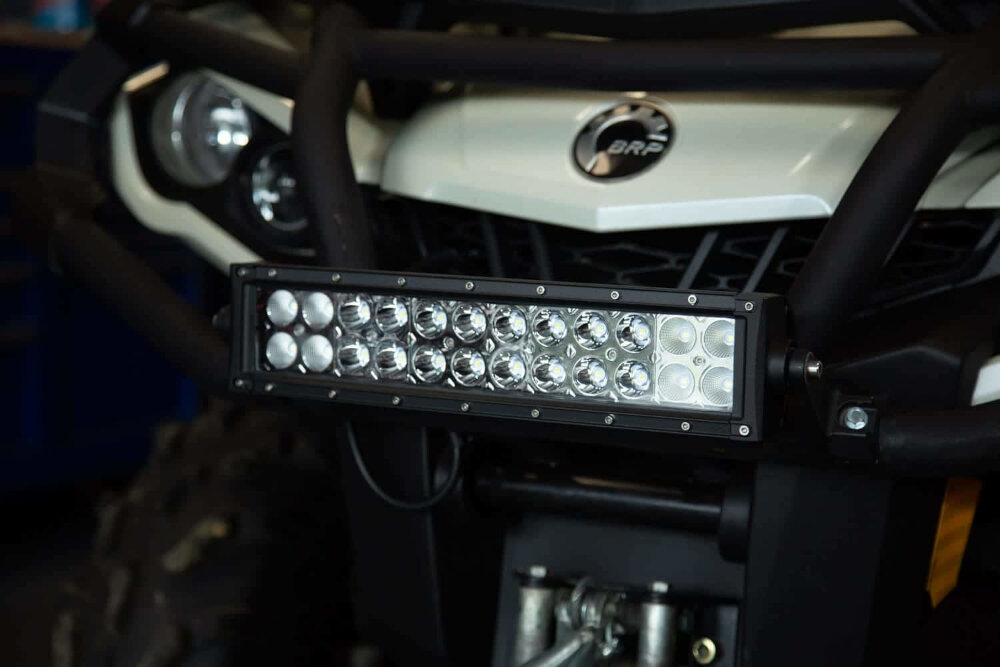
LED light strips can flash for a variety of reasons, and it can be a frustrating issue to deal with. One common cause of flashing is a loose connection between the power supply and the LED strip. This can happen if the connections are not secured properly or if the wiring is damaged. In some cases, the flashing may be caused by a faulty power supply or a damaged LED strip. It’s important to identify the root cause of the problem so that you can fix it effectively. Another reason why LED light strips may flash is due to the frequency of the AC power supply. Some LED light strips are not compatible with certain frequencies, which can cause them to flicker or flash. This is especially common in older homes or buildings where the electrical wiring may not be up to code. In this case, you may need to install a power conditioner or a voltage stabilizer to regulate the power supply and prevent the LED light strips from flashing. By identifying the cause of the flashing and taking the appropriate steps to address it, you can enjoy the benefits of your LED light strips without any annoying interruptions.
One common issue that can cause LED light strips to flash is power supply problems. Often, the voltage or current supplied to the LED strip is not sufficient, causing it to flicker or flash. This can happen if the power supply is not the right size for the length of the LED strip or if the wiring is not properly connected. In some cases, a faulty power supply may also be the culprit. To resolve power supply issues, it is important to ensure that the power supply is the correct size and type for the LED strip and that all wiring connections are secure and properly installed. If the power supply is faulty, it may need to be replaced.
Incorrect wiring is one of the most common reasons why LED light strips may start flashing. This problem often occurs when the wiring is not properly connected or the wires are crossed. The flashing occurs because the LED lights are not receiving a steady flow of electricity. To prevent this issue, it is important to ensure that the wires are properly connected and the polarity is correct. Additionally, it is essential to use the appropriate power supply for the LED light strip to avoid overloading the circuit. By taking these precautions, you can prevent incorrect wiring from causing your LED light strip to flash and ensure a reliable and consistent source of illumination.
If you have ever experienced a faulty LED light strip, you know how frustrating it can be. A faulty LED strip can manifest in a variety of ways, from flickering lights to a completely unresponsive strip. The most common issue with an LED strip is that the lights will continue to flash or flicker, which can be a sign that there is a loose connection or a faulty power source. To fix this problem, you should first check the connections and make sure everything is properly secured. If the connections are good, try replacing the power source or controller to see if that fixes the issue. In some cases, a faulty LED strip may need to be replaced altogether.
Easy Solutions to Stop LED Light Strip Flashing
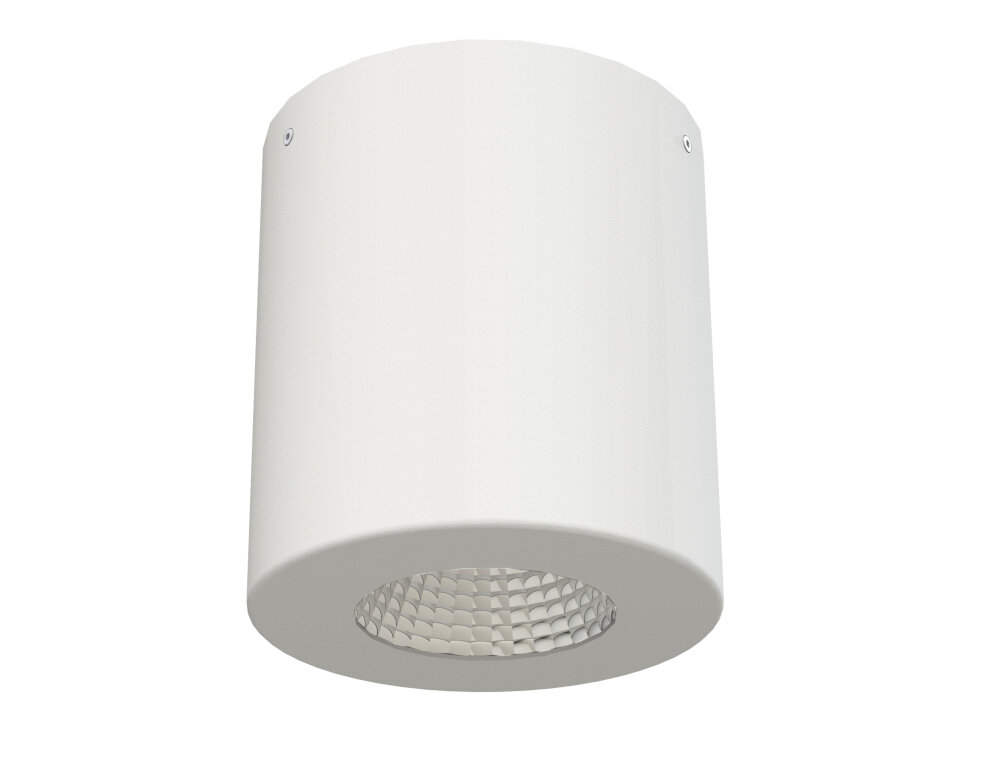
If you have recently installed LED light strips in your home or workspace, you may have noticed a flashing or flickering effect that can be quite annoying. Fortunately, there are several easy solutions to stop LED light strip flashing. One of the most common causes of this issue is a lack of power or an unstable power source. To solve this problem, you can try plugging your LED light strip into a different outlet or using a power strip with surge protection. This can help ensure a stable power supply and prevent any voltage fluctuations that may be causing the flashing. Another common cause of LED light strip flashing is a loose or faulty connection. To address this issue, you can check all the connections between the LED light strip and the power supply, making sure they are securely connected and free from any damage. You may also want to consider using connectors or soldering the connections for a more secure and reliable connection. Additionally, if you are using a dimmer switch with your LED light strip, make sure it is compatible with the type of LED lights you are using, as some dimmer switches may cause flickering or flashing. By taking these simple steps, you can quickly and easily stop LED light strip flashing and enjoy the full benefits of your new lighting system.
One of the most common reasons for LED light strips to flash is a problem with the power supply. If the power supply is not providing enough voltage or current to the lights, they may flicker or flash. To check the power supply, start by ensuring that it is the right type for your LED light strip. Check the specifications on the power supply and compare them to the requirements of your lights. If the power supply is the correct type, make sure it is plugged in properly and that all connections are secure. If the power supply is still causing issues, try using a different one to see if this resolves the problem.
One of the common reasons for the flashing of LED light strips is faulty wiring. When the wiring is not done correctly, it can cause a short circuit, leading to the flickering of the LED lights. It’s essential to check the wiring and ensure that all the connections are secure and tight. Loose connections can also cause the LED light strips to flash, so make sure to check all the connections. Additionally, inspect the wires for any damages, such as cuts or frays, which can cause a short circuit. If you find any issues with the wiring, fix them immediately to prevent further problems.
If you’re experiencing issues with your LED light strips flashing or not turning on at all, it may be time to replace the faulty LED strip. This can be a relatively simple process, but it’s important to ensure you have the correct replacement strip that matches the specifications of your existing strip. Once you have the replacement, you’ll need to carefully remove the faulty strip and install the new one, ensuring that it’s securely connected and properly aligned. With a little patience and attention to detail, replacing a faulty LED strip can help restore your lighting system to full functionality and eliminate frustrating flashing or non-responsive behavior.
Tips to Prevent LED Light Strip Flashing
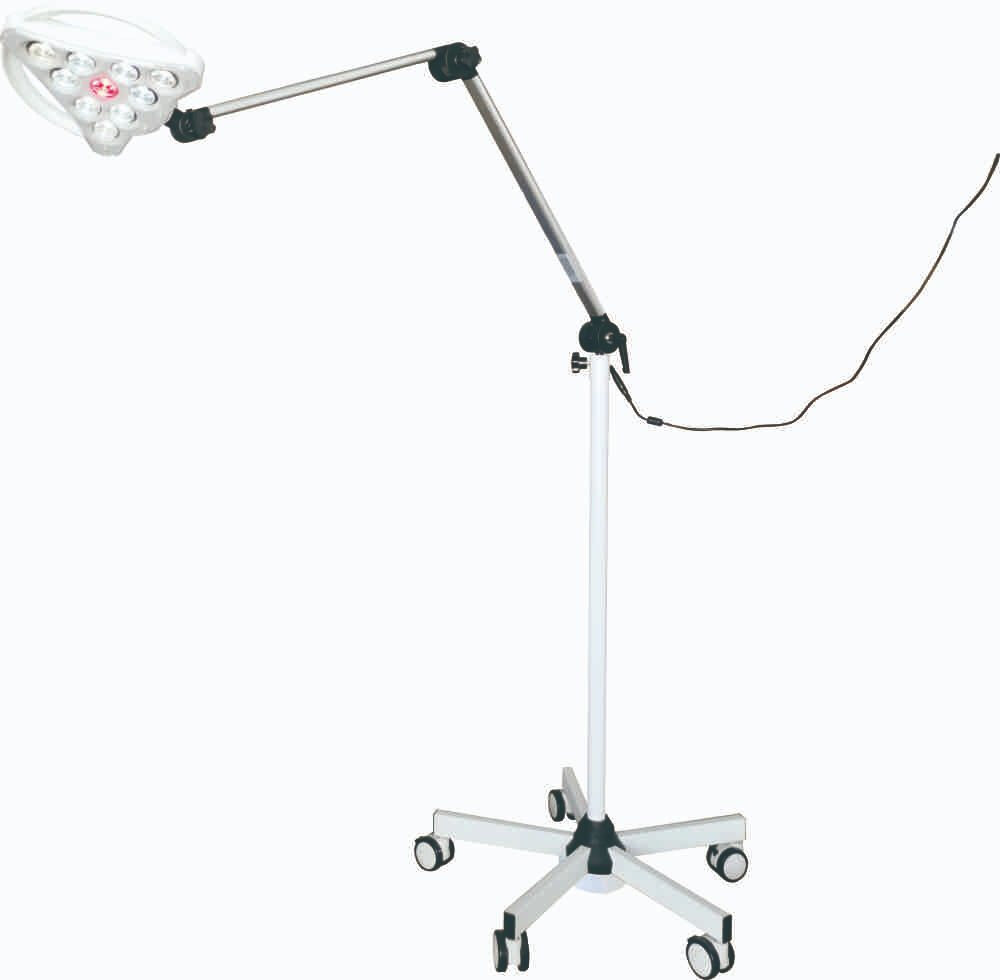
LED light strips are a popular choice for creating different lighting effects in homes, offices, and various other settings. However, it can be frustrating when the LED light strips start flashing or flickering unexpectedly. This can be caused by a range of issues, including poor connections, voltage fluctuations, or incompatible dimming systems. Here are some tips to prevent LED light strip flashing and ensure that your lighting works smoothly. Firstly, it is essential to check the power supply for your LED light strips. Ensure that the voltage and current of the power supply match the requirements of your LED light strips. This will prevent voltage fluctuations that can cause flashing and flickering. Secondly, it is crucial to use high-quality connectors and cables that are compatible with your LED light strips. Poor connections can cause voltage drops and create flashing issues. Moreover, it is essential to use a compatible dimming system, as some LED light strips are not compatible with certain dimmers. By following these tips, you can prevent LED light strip flashing and ensure that your lighting system works efficiently.
In order to prevent LED light strip flashing, it’s important to use a quality power supply. A poor quality power supply can cause voltage fluctuations, which can lead to the flickering or flashing of the LED lights. A quality power supply will provide a stable and consistent voltage to the LED lights, ensuring that they operate smoothly and without any issues. When selecting a power supply, it’s important to choose one that is rated for the specific LED light strip you are using, as well as one that is of high quality and reliable. Investing in a quality power supply can help to prevent LED light strip flashing and ensure that your lighting system operates at its best.
When installing LED light strips, it is essential to use correct wiring techniques to prevent flashing and other issues. Firstly, ensure that the power supply matches the voltage and wattage of the LED strip. Also, use appropriate connectors and avoid overloading the circuit. It is best to use wire connectors or solder the wires instead of relying on tape or twisting the wires together. Additionally, make sure to connect the positive and negative wires correctly to avoid reverse polarity. By using correct wiring techniques, you can ensure that your LED light strips operate smoothly without any flashing or other problems.
Overloading the LED strip can cause a variety of problems, including flashing, flickering, and even complete failure. It’s important to understand the limits of your LED strip and not exceed them. One way to avoid overloading is to ensure that the power supply you use is suitable for the strip’s voltage and wattage. Additionally, you should avoid connecting too many LED strips in series, as this can lead to voltage drops and decreased performance. It’s also important to pay attention to the temperature of the LED strip, as prolonged exposure to high temperatures can damage the strip and cause it to fail. Overall, taking care to avoid overloading your LED strip can help ensure that it functions properly and avoids any annoying flashing or flickering.
LED light strip flashing can be a frustrating issue for those who rely on these strips for consistent and reliable lighting. However, there are a variety of solutions and tips that can help prevent this problem from occurring. These can range from simple fixes like checking the power source and ensuring proper ventilation, to more complex solutions like changing the voltage or adjusting the settings on your LED controller. By taking the time to address these issues and implement the appropriate solutions, you can enjoy seamless and uninterrupted lighting from your LED light strips, without any flashing or flickering.
Conclusion
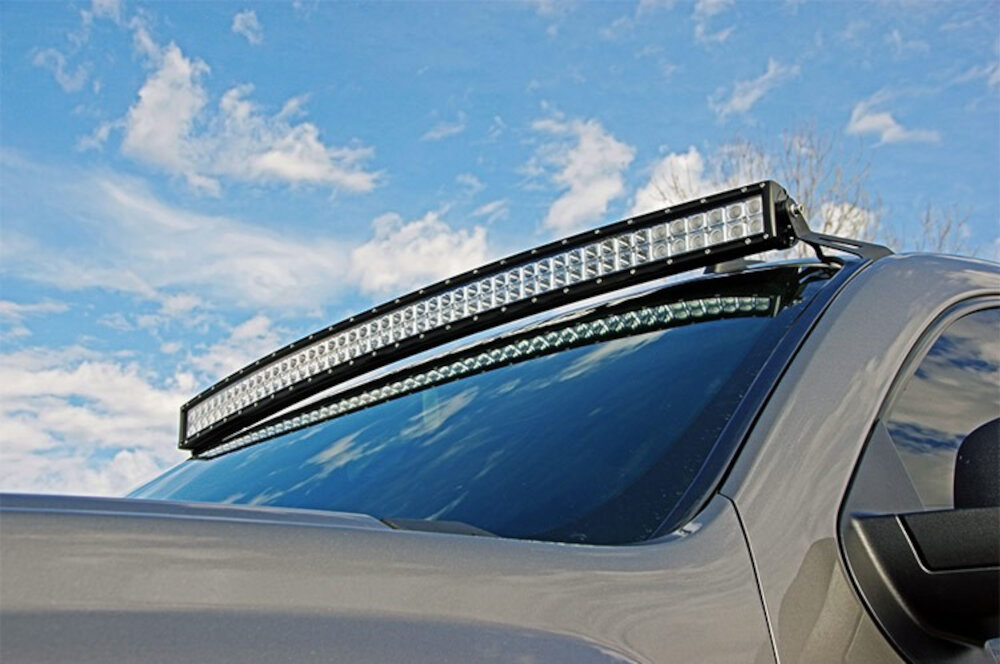
In conclusion, LED light strip flashing can be a frustrating issue to deal with, but there are easy solutions and tips that can help resolve it. By addressing the power source, checking the connections, and adjusting the settings, you can prevent the blinking and enjoy the steady glow of your LED lights. Additionally, implementing certain practices like using a voltage regulator, avoiding overloading the circuit, and placing the lights away from interference can also help maintain the consistency of your LED light strip. With the right approach, you can eliminate the flashing and enhance the ambiance of your space with a beautiful and reliable LED light display.

